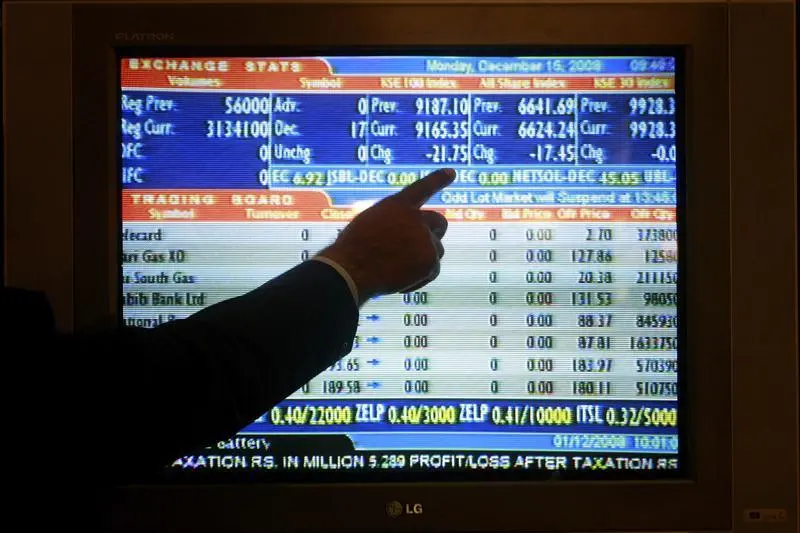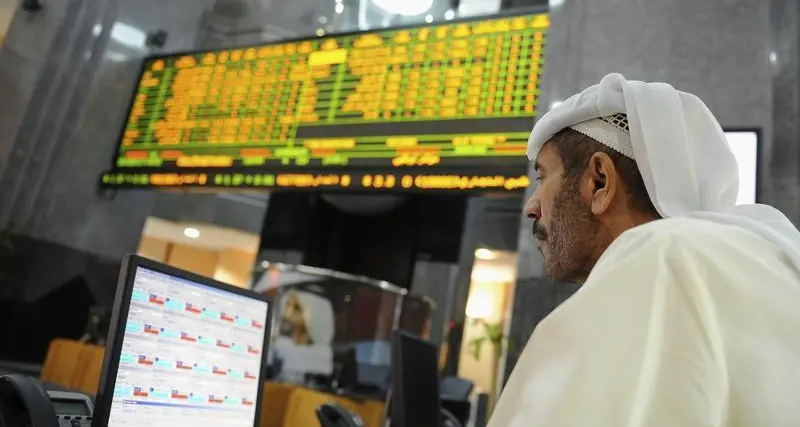PHOTO
07 October 2015
FRANKFURT -- Moody's Investors Service, ("Moody's") has assigned a provisional rating of (P)A1 to the proposed Omani rials certificates to be issued by Oman Sovereign Sukuk SAOC ("the Issuer"), a special purpose vehicle incorporated in Oman and wholly owned by the government of Oman. The payment obligations associated with these certificates are direct obligations of the government of Oman.
The (P)A1 rating assigned to the Certificates is at the same level as the long-term local-currency and foreign-currency issuer ratings of the government of Oman, as the sukuk certificate holders will (i) effectively be exposed to Oman's senior credit risk; (ii) not be exposed to the risk of performance of the Portfolio Assets relating to the Certificates; (iii) will not have any preferential claim or recourse over the Assets, or rights to cause any sale or disposition of the Assets except as expressly provided under the Transaction Documents; and (iv) only have rights against the government of Oman, ranking pari passu with other senior unsecured obligations as provided in the Transaction Documents.
Moody's expects to remove the provisional status of the rating upon the closing of the proposed issuance and a review of its final terms. Moody's also notes that its sukuk rating does not express an opinion on the structure's compliance with Shariah law.
Oman's sovereign credit profile displays a number of strengths. Real GDP growth will likely remain positive, although Moody's expects it will slow to an average 2% to 3% per year until 2019, down from a previously higher growth trend of 4.9% on average between 2005 and 2014.
Offsetting this strength to some degree is the likely sharp fall in nominal GDP this year from the collapse in oil prices. This will crimp government and private sector incomes. Our base case scenario for oil market trends is a Brent crude price of $55 per barrel on average in 2015 that rises only gradually to around $75 per barrel by 2019.
Even factoring in the reduced government revenues and higher government debt over the next one to three years, Oman's debt metrics will still compare favorably with the A-rated median. The Omani government has several funds, as well as deposits in the domestic banking system. In addition, wider public sector debt is low which in Moody's view limits the risks from contingent liabilities crystallizing on the government balance sheet.
Having said that, uncertainty exists over the effectiveness of the government's policy response to challenges posed by lower oil prices to Oman's government finances, external current account, and growth performance in 2015 as well as over the next three years. This uncertainty is reflected in the negative rating outlook.
FRANKFURT -- Moody's Investors Service, ("Moody's") has assigned a provisional rating of (P)A1 to the proposed Omani rials certificates to be issued by Oman Sovereign Sukuk SAOC ("the Issuer"), a special purpose vehicle incorporated in Oman and wholly owned by the government of Oman. The payment obligations associated with these certificates are direct obligations of the government of Oman.
The (P)A1 rating assigned to the Certificates is at the same level as the long-term local-currency and foreign-currency issuer ratings of the government of Oman, as the sukuk certificate holders will (i) effectively be exposed to Oman's senior credit risk; (ii) not be exposed to the risk of performance of the Portfolio Assets relating to the Certificates; (iii) will not have any preferential claim or recourse over the Assets, or rights to cause any sale or disposition of the Assets except as expressly provided under the Transaction Documents; and (iv) only have rights against the government of Oman, ranking pari passu with other senior unsecured obligations as provided in the Transaction Documents.
Moody's expects to remove the provisional status of the rating upon the closing of the proposed issuance and a review of its final terms. Moody's also notes that its sukuk rating does not express an opinion on the structure's compliance with Shariah law.
Oman's sovereign credit profile displays a number of strengths. Real GDP growth will likely remain positive, although Moody's expects it will slow to an average 2% to 3% per year until 2019, down from a previously higher growth trend of 4.9% on average between 2005 and 2014.
Offsetting this strength to some degree is the likely sharp fall in nominal GDP this year from the collapse in oil prices. This will crimp government and private sector incomes. Our base case scenario for oil market trends is a Brent crude price of $55 per barrel on average in 2015 that rises only gradually to around $75 per barrel by 2019.
Even factoring in the reduced government revenues and higher government debt over the next one to three years, Oman's debt metrics will still compare favorably with the A-rated median. The Omani government has several funds, as well as deposits in the domestic banking system. In addition, wider public sector debt is low which in Moody's view limits the risks from contingent liabilities crystallizing on the government balance sheet.
Having said that, uncertainty exists over the effectiveness of the government's policy response to challenges posed by lower oil prices to Oman's government finances, external current account, and growth performance in 2015 as well as over the next three years. This uncertainty is reflected in the negative rating outlook.
© The Saudi Gazette 2015












